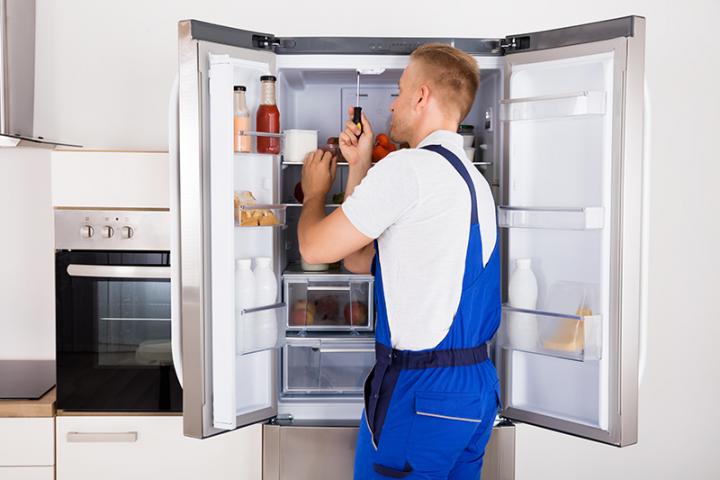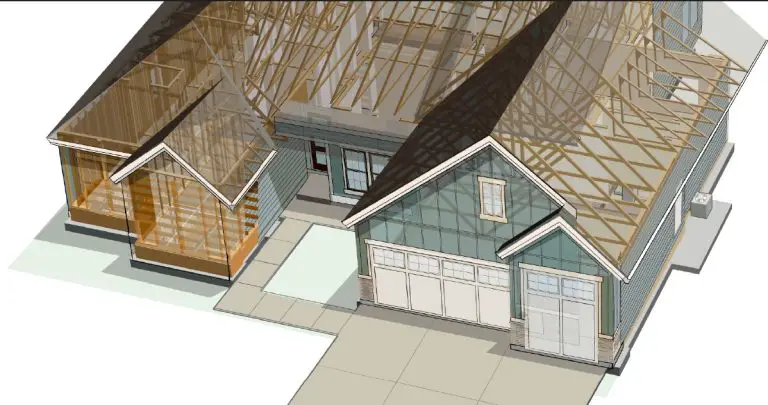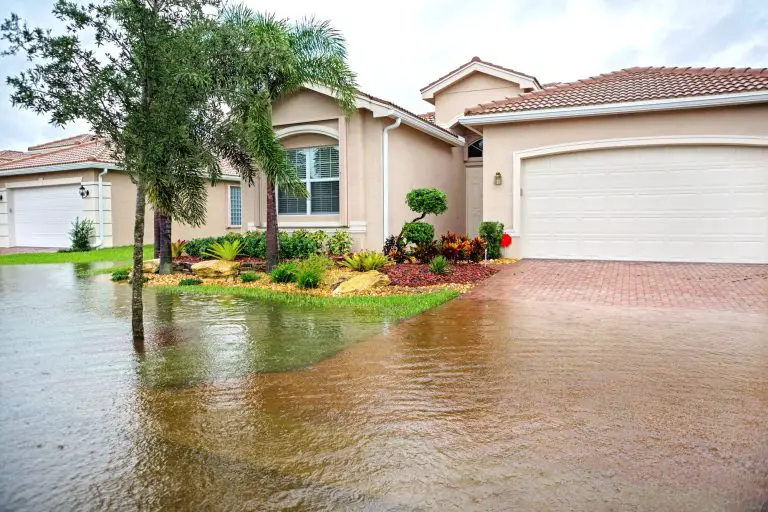When Your Fridge Is Not Cooling?
When your fridge is not cooling, it can be a major inconvenience. Not only can food spoil quickly, but it can also be a health hazard if not addressed promptly. There are several potential causes of a non-cooling fridge, including a failed compressor, a blocked condenser, a faulty thermostat, and a dirty condenser coil. Fortunately, there are some simple steps you can take to diagnose and fix the problem. With a little bit of patience and knowledge, you can get your fridge back up and running in no time.
Causes of a Non-Cooling Fridge
When it comes to refrigerators, a major problem that can occur is when they suddenly stop cooling. This can be a major inconvenience, causing food to spoil and other issues. Knowing what causes a noncooling fridge can help you diagnose and address the issue quickly.
Common reasons why a fridge isn’t cooling include a dirty condenser coil, a malfunctioning compressor, a faulty temperature control thermostat, a clogged or blocked air vent, and a malfunctioning evaporator fan.
A dirty condenser coil is one of the most common reasons why a refrigerator isn’t cooling. The condenser coils are responsible for releasing heat from the refrigerator, and if the coils are not clean, the heat will not be released and the refrigerator will not cool. Cleaning the condenser coils regularly can help prevent this issue.
A malfunctioning compressor could also be the cause of a noncooling fridge. The compressor is responsible for moving refrigerant throughout the system and if it is not working properly, it can prevent the refrigerator from cooling.
A faulty temperature control thermostat can also cause a refrigerator to not cool. The thermostat is responsible for regulating the temperature inside the fridge, and if it is not functioning properly, the fridge will not cool.
A clogged or blocked air vent can also be the cause of a noncooling fridge. The air vent is responsible for allowing cool air to pass through the refrigerator and if it is blocked, the cool air will not be able to circulate, resulting in a noncooling fridge.
Finally, a malfunctioning evaporator fan can also cause a refrigerator to not cool. The evaporator fan is responsible for circulating cold air throughout the refrigerator and if it is not working properly, it can prevent the fridge from cooling.
By understanding the common causes of a non-cooling fridge, you can diagnose and address the issue quickly. This will help prevent food from spoiling and other issues that can occur.
Troubleshooting a Non Cooling Fridge
It’s never a fun experience when you open your refrigerator and find that it’s not cooling properly. Unfortunately, it’s a common issue that can happen for a variety of reasons. Luckily, you don’t have to call an expensive repair service to fix the problem. If you’re having trouble with your fridge not cooling, there are a few troubleshooting tips you can try to get it back up and running.
The first thing to check is the temperature setting. Make sure that the temperature is set correctly and that the fridge is not being overloaded with food. If the temperature is too high, it can cause the fridge to become overworked and not cool properly. You may also want to check the condenser coils at the back of the fridge and make sure they are free of dust and debris.
You should also check to make sure that the door seals are working properly and that the gaskets are not broken or damaged. If the door seals are not working correctly, air can escape and cause the fridge to not cool properly. Additionally, you may want to check the evaporator fan and make sure it is running properly. The fan helps move cold air around the fridge and should be running when the fridge is on.
If none of these tips help, it may be time to call a professional. A licensed technician can inspect the fridge, diagnose the issue, and give you advice on how to fix it. With these troubleshooting tips, you can hopefully get your fridge running again without the need for costly repairs.
Cleaning the Condenser Coils
When it comes to troubleshooting a fridge that is not cooling, one of the first things you should do is clean the condenser coils. Condenser coils are located on the back or bottom of the fridge and are typically made of metal. A buildup of dust, dirt, and pet fur can block the airflow around these coils, preventing the fridge from cooling properly. To clean the coils, first unplug the fridge, and then vacuum the coils on the back or bottom of the refrigerator with a long, narrow vacuum attachment. Make sure to get into all the nooks and crannies. Once the coils are clean, plug the fridge back in and check to see if it is cooling. If it is still not cooling, then it may be time to call a technician.
Checking the Temperature Control
When it comes to keeping your fridge running efficiently, one of the most important things to check is the temperature control. This device is responsible for regulating the temperature within the fridge, and when it is not working correctly, your food can spoil and your energy bills can skyrocket. If your fridge is not cooling properly, the first step is to check the temperature control.
The temperature control is typically located inside the fridge, either in the back of the appliance or behind the vegetable crisper. To check the temperature, you will need to remove the cover and adjust the knob as necessary. If the control is stuck or difficult to turn, you may need to replace it. It is also important to make sure the temperature settings are correct for your specific model.
If the temperature control is working properly and the temperature settings are correct, the next step is to check for any blockages or obstructions to airflow. Ensure that the condenser coils are free of dust and dirt and that the air vents are clear of any obstructions. If you have an older model, you may need to manually defrost the fridge.
Finally, it is important to check the door seals for any signs of wear and tear. If the seals are damaged, cold air can escape, causing the fridge to overwork and reducing the efficiency of the appliance. Replacing the seals can help restore the cooling capacity and ensure that your food stays fresher for longer.
By taking the time to check the temperature control, airflow, and door seals of your fridge, you can help to ensure it is running at its optimal level. By doing so, you can extend the life of your appliance, reduce your energy bills, and keep your food safe and fresh.
:max_bytes(150000):strip_icc()/refrigerator-is-not-cooling-5104936-hero-7d21f01ff9dd4874898cfdb3bf737595.jpg)
Diagnosing and Replacing the Compressor
When your refrigerator isn’t cooling, it can be a daunting task to figure out what’s wrong. Most of the time, the culprit is the compressor. The compressor is responsible for circulating cool air throughout the refrigerator. It’s a powerful motor that runs on electricity and pumps refrigerant through the cooling system. In this blog post, we’ll discuss the signs of a failing compressor, how to diagnose it, and how to replace it.
The most common symptom of a failing compressor is a refrigerator that isn’t cooling. You may also hear a loud noise coming from the refrigerator, indicating that the compressor is struggling to operate. If the compressor is failing, the compressor will likely be hot to the touch. In addition, the refrigerator may be leaking Freon, which is a sign that the compressor is not functioning correctly.
To diagnose the problem, you’ll need to check the voltage at the compressor. If the voltage is low, it could be an indication that the compressor is not getting enough power. You may also need to check the temperature inside the refrigerator to ensure that it’s cooling adequately.
If the compressor is failing, you’ll need to replace it. Before replacing the compressor, make sure to turn off the power to the refrigerator to prevent any shocks or other hazards. Once the power is off, you can remove the old compressor and replace it with a new one. Make sure to follow the manufacturer’s instructions for replacing the compressor.
Replacing the compressor in your refrigerator can be a difficult task, but with the right information and tools, you can do it yourself. Make sure to follow the steps in this blog post and you’ll be able to diagnose and replace the compressor in no time.
Replacing the Damper Control
A common problem with refrigerators is when the cooling doesn’t seem to be working properly. One possible culprit is a faulty damper control. Damper controls are responsible for regulating the amount of cool air that is allowed to enter the refrigerator. When it is not working properly, the refrigerator will not cool properly and may even shut off completely.
If your refrigerator is not cooling, one solution is to replace the damper control. This is a relatively simple job and can be done with basic tools. First, make sure the power is off to the refrigerator. Then, locate the damper control inside the refrigerator. It will usually be located near the back wall. Disconnect the wiring and remove the screws that hold the damper control in place.
Next, install the new damper control. Connect the wiring and make sure it is secure. Finally, replace the screws and turn the power back on. If the damper control was the issue, the refrigerator should now be cooling again. If not, the problem may lie elsewhere and require a professional repair.
Replacing the damper control is a relatively simple job that can be done with basic tools. If your refrigerator is not cooling properly, it may be time to replace the damper control and get your refrigerator back in working order.
Checking the Refrigerator Door Seals
Refrigerators are essential appliances that keep our food fresh and cool. But sometimes, our fridge isn’t cooling properly. When this happens, it’s important to take a look and see if there’s an issue with the refrigerator door seals.
The door seals on your fridge are designed to keep cold air in and warm air out. Over time, these seals can wear down and begin to leak. If you notice that your fridge isn’t cooling, take a look at the seals around the door. If they are cracked, torn, or damaged in any way, they need to be replaced.
You can check the seals for damage by running your fingers along the edges of the door. If you feel any air coming through, that’s a sign of a faulty seal. You can also try closing the door on a piece of paper and then pull the paper out. If the paper slides out easily, the seals are likely worn out.
Replacing the seals is a relatively easy repair that can be done with a few simple tools. However, if you don’t feel comfortable repairing yourself, it’s best to call a professional. They can help you get your fridge cooling again in no time.
How to Avoid Future Refrigerator Issues
A refrigerator is an important piece of any household appliance. It serves to keep food fresh and safe to consume. Unfortunately, even the most reliable fridges can encounter issues such as not cooling. This can be a serious problem, as it can lead to food spoilage and a significant financial loss. Luckily, there are ways to avoid future refrigerator issues and ensure that your food stays safe.
First, it is important to keep the condenser coils clean. This is because dust and debris can clog the coils, preventing them from properly cooling down the refrigerator. Thus, it is advisable to clean the coils regularly with a vacuum cleaner or a brush.
Second, it is important to check the door seals. If the door seals are not sealed properly, warm air can enter the refrigerator and cause it to not cool. Thus, regularly check the seals and replace them if necessary.
Third, it is important to keep the refrigerator away from heat sources. Heat can cause the refrigerator to work harder than it should, leading to a decrease in cooling efficiency. Thus, it is important to keep the refrigerator away from ovens, stoves, and other appliances that generate heat.
Finally, it is important to check the temperature settings. If the temperature settings are too low, the refrigerator may not cool properly. Thus, it is important to adjust the temperature settings accordingly.
By following these tips, you can avoid future refrigerator issues and ensure that your food stays safe and fresh.
FAQs About the When Your Fridge Is Not Cooling?
What should I do if my fridge isn’t cooling?
Check the thermostat settings, make sure the door is closing properly, and if necessary, clean the condenser coils and replace the air filter.
Could something be blocking the airflow inside the fridge?
Yes, make sure that food and other items are not blocking the vents inside the fridge.
Is it possible that the fridge is just too old and needs replacing?
Yes, if the fridge is more than 10 years old, it may be time to consider replacing it.
Conclusion
When your fridge is not cooling, you should first check to make sure it is plugged in and the power is on. You should also inspect the door seals to make sure there are no holes or gaps that could be letting out the cold air. If the power and door seals are fine, you may need to replace the evaporator fan motor, condenser fan motor, or compressor. If you are unable to diagnose and repair the issue, you should call a professional refrigerator repair technician.







